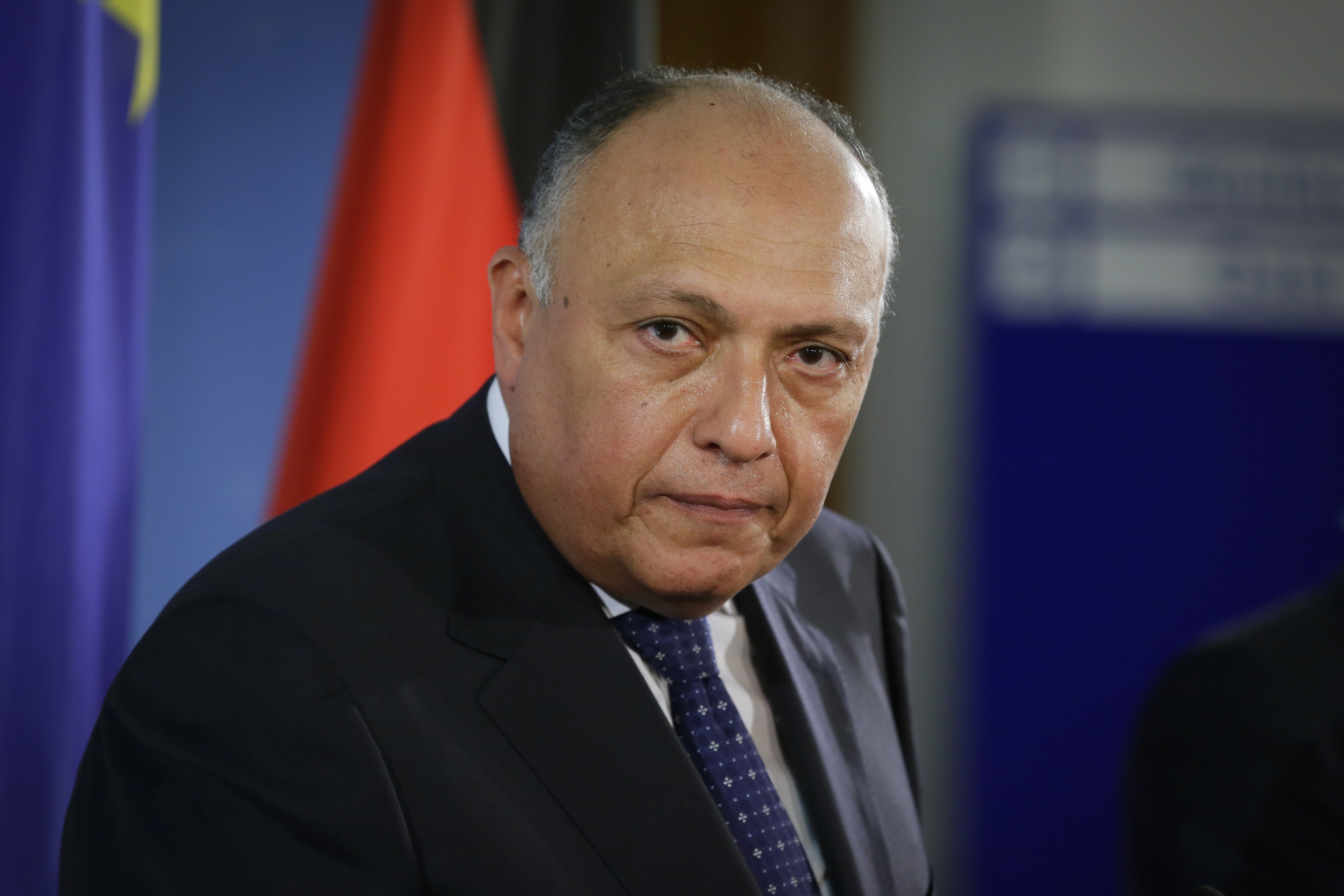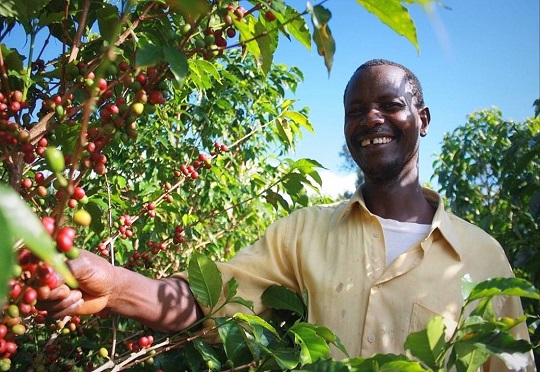The African Development Bank has approved a loan of $266 million to support Rwanda’s program to improve electricity supply reliability and expand access to electricity as part of a drive to transform the country into an export-oriented economy.
The facility, approved by the Bank’s Board will be specifically channeled to the Scaling Up Electricity Access Program (SEAP II) in the Eastern African country. Rwanda received Bank investment of $46 million in 2013 for the first phase of the program, using investment-lending financing, which is now 90 percent complete and ahead of schedule.
The approved facility is split into a $192 million African Development Bank loan and a credit of $74 million from the African Development Fund. The combined amount represents 8.2 percent of the Government of Rwanda’s $3.3 billion budget for the Energy Sector Strategy Plan.
The Bank’s contribution to SEAP-II will be for the three fiscal years ending in 2021/22 and will be disbursed using the Results Based Financing (RBF) model, which ensures better risk management and a results-driven approach aligned with the activities of the Bank.
The funding will support construction of 795 km of Medium Voltage and 7,317 km of Low Voltage lines, boosting nationwide connectivity and lighting up previously unserved communities.
The program is expected to result in significant reductions of time and frequency of service interruption to customers and network losses and will ultimately contribute to ensuring financial sustainability of the sector.
In the last seven years, overall access to electricity in Rwanda has more than doubled, growing from 18 percent to 44 percent as at end of June 2018. The East African nation aims to achieve universal electricity access by 2024, using a combination of on-grid and off-grid solutions like solar home systems.
“The approved program will support the Government to add over 193,000 new on-grid and over 124,000 off-grid connections,” said Amadou Hott , the Bank’s Vice President for Power, Energy, Climate Change and Green Growth.
The Bank’s intervention will improve reliability of electricity supply, increase on-grid and off-grid access to renewable energy for households and commercial usage, and strengthen institutional capacity to deliver on the ambitious government energy program. Slightly over 4,000 people, 30 percent of them women, will receive technical, financial management and safety training.
The Government of Rwanda welcomed the timeliness of the Bank’s support towards the county’s universal electricity access goal by 2024 and has committed to allocating the necessary resources for the implementation.
This support will extend to the Energy Development Corporation Limited and Energy Utility Corporation Limited — subsidiaries of Rwanda Energy Group Limited, the government-owned utility which manages and operates the country’s energy infrastructure.
The SEAP II loan is aligned to the Bank’s 10-year strategy (2013 – 2022) and current Country Strategy Paper for Rwanda. It also supports three of the Bank’s High 5 priorities.
This operation raises the Banks on-going energy portfolio in Rwanda from $184 million to $ 450 million, supporting eight operations three of which are being implemented jointly with neighboring states.


